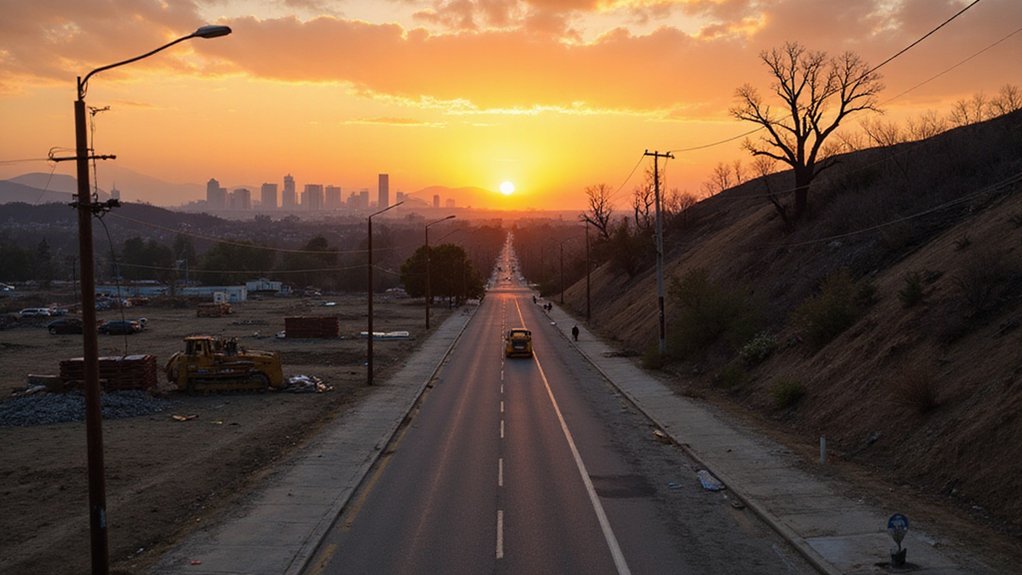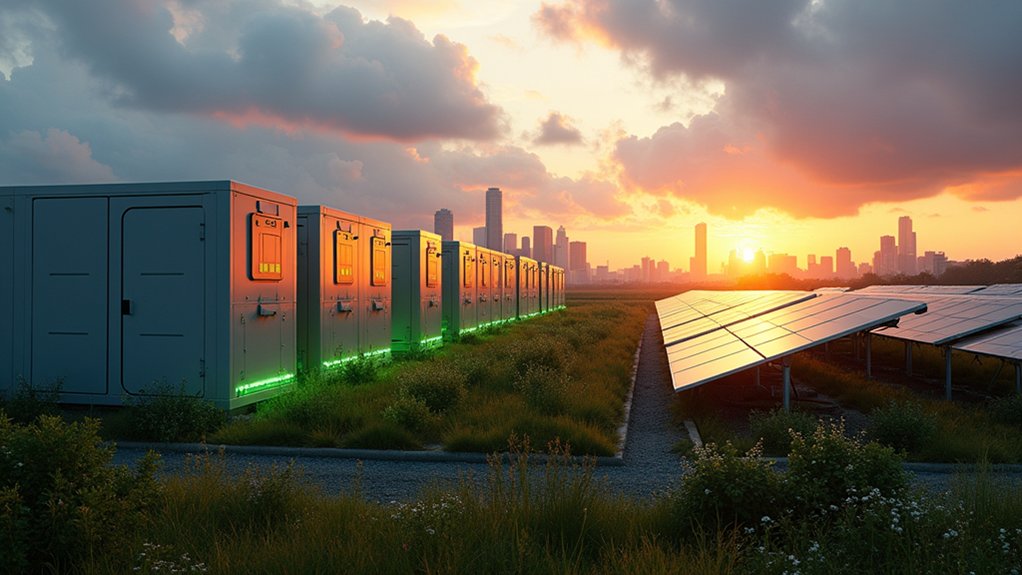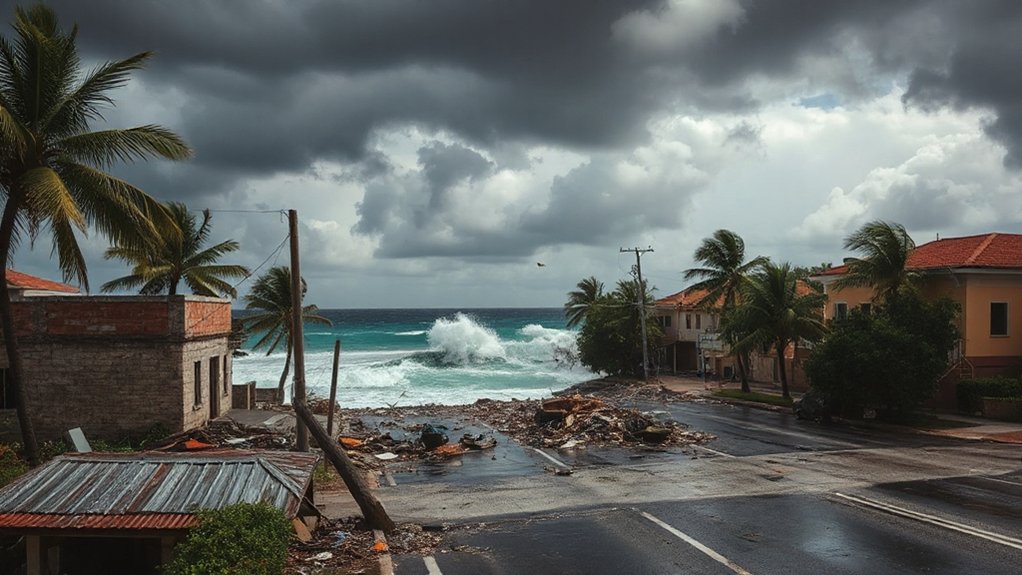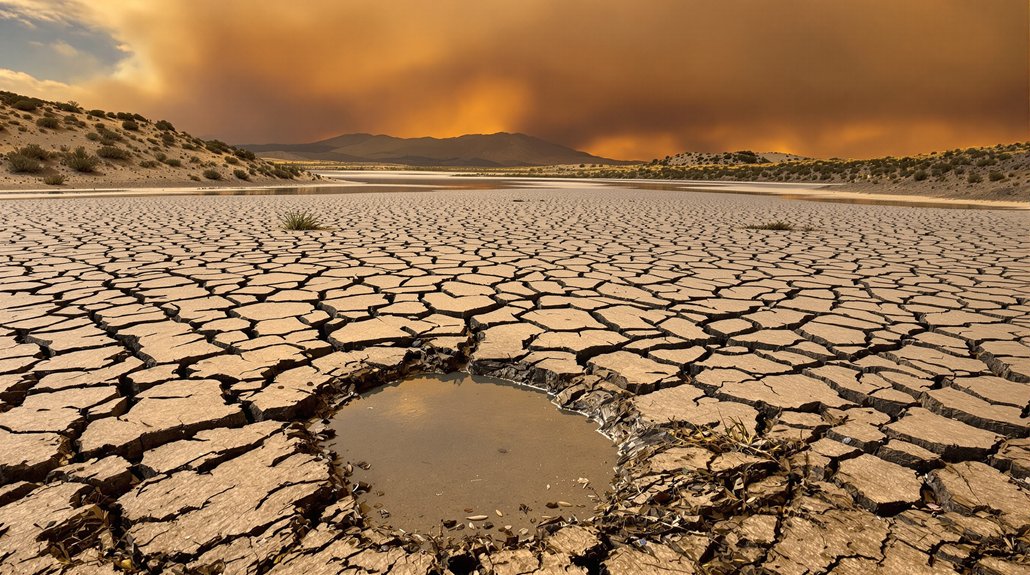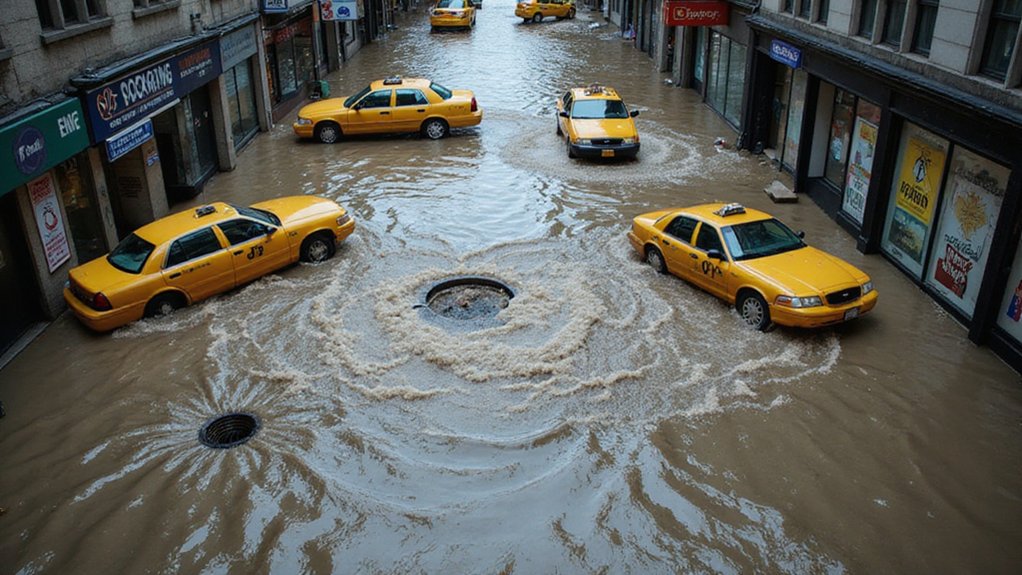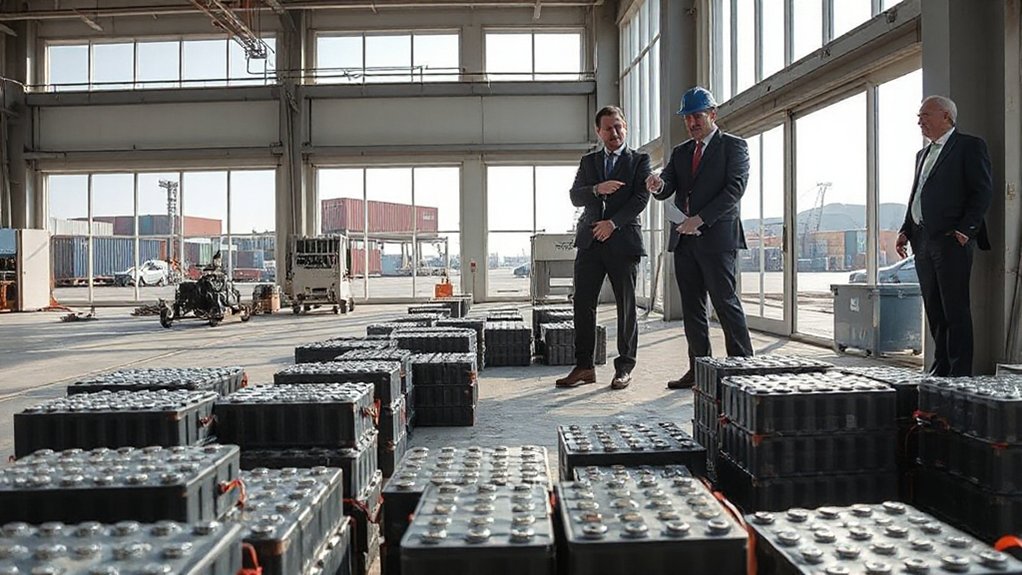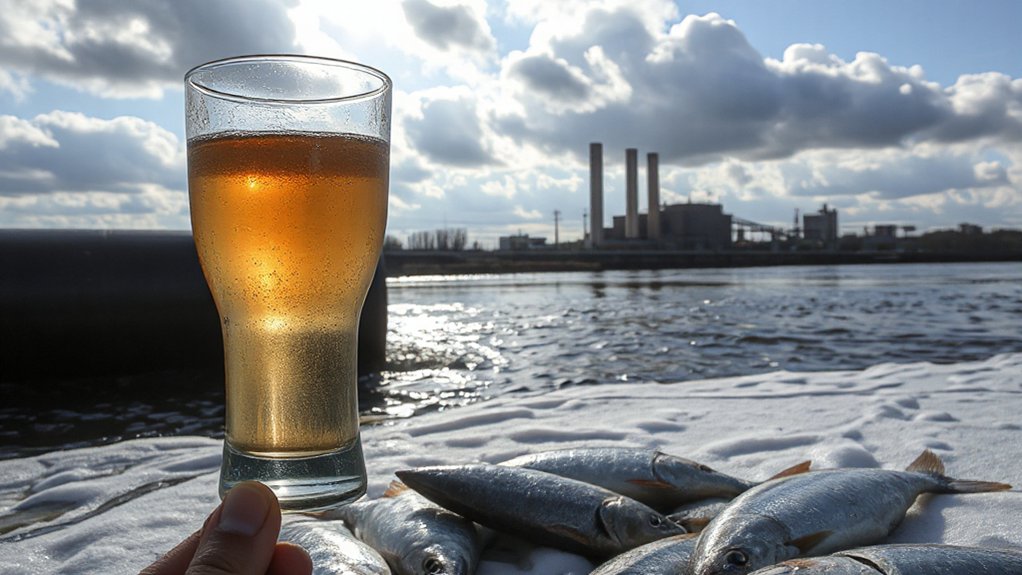Dozens of fires tore through Southern California this January, leaving a scenery of contradictions in their wake. Fourteen wildfires ignited across Los Angeles and San Diego on January 7, burning over 57,000 acres and destroying more than 18,000 buildings. January. Fires. In winter. That’s not normal, folks—satellite data recorded 130 times the average fire alerts for the month. Welcome to the new California.
The numbers are staggering. Nearly 30 people dead. Over 200,000 evacuated. Pacific Palisades and Altadena got the worst of it. When local firefighters couldn’t handle the carnage alone, regional and national agencies swooped in. Meanwhile, Tzu Chi USA and others passed the donation hat, collecting a cool $7.1 million. Not bad, but nowhere near enough.
The death toll climbs while relief agencies scrape together millions—a drop in the bucket against this inferno’s true cost.
Here’s where things get weird. The cleanup? Lightning fast. Hazardous debris vanished within weeks of containment. Roads cleared. Utility crews in and out. Contractors swarming over hills like ants at a picnic. All that hustle to make things “safe” again.
Then… nothing.
The rebuilding crawl begins. FEMA estimates residential reconstruction will take 2-3 years—minimum. Critical facilities like hospitals? Try 960 days. Because apparently debris removal is cake, but paperwork is the real disaster. Insurance claims. Permits. Financing. The bureaucratic triple threat.
Meanwhile, displaced families wait. And wait. Their temporary housing subsidies tick toward expiration while construction crews are nowhere to be found. The extensive relief campaign that launched on January 8 processed 5,029 applications from wildfire survivors in just over a month. Businesses will bounce back faster—maybe a year, maybe 18 months—but that doesn’t help homeless homeowners much.
The economic damage is brutal. Up to $250 billion in total losses. Insurance might cover $45 billion, leaving a Grand Canyon-sized gap. L.A. County’s GDP is projected to drop nearly half a percent—$4.6 billion gone. In several areas, the destruction was worsened by Santa Ana winds that reached velocities of up to 100 mph, leaving even well-prepared communities defenseless.
References
- https://journal.tzuchi.us/article/76/2025-la-wildfires-statistics-numbers/
- https://laedc.org/wpcms/wp-content/uploads/2025/02/LAEDC-2025-LA-Wildfires-Study.pdf
- https://en.wikipedia.org/wiki/January_2025_Southern_California_wildfires
- https://www.anderson.ucla.edu/about/centers/ucla-anderson-forecast/economic-impact-los-angeles-wildfires
- https://www.urban.org/urban-wire/when-will-los-angeles-rebuild-comparing-housing-recovery-timelines-after-four-recent
